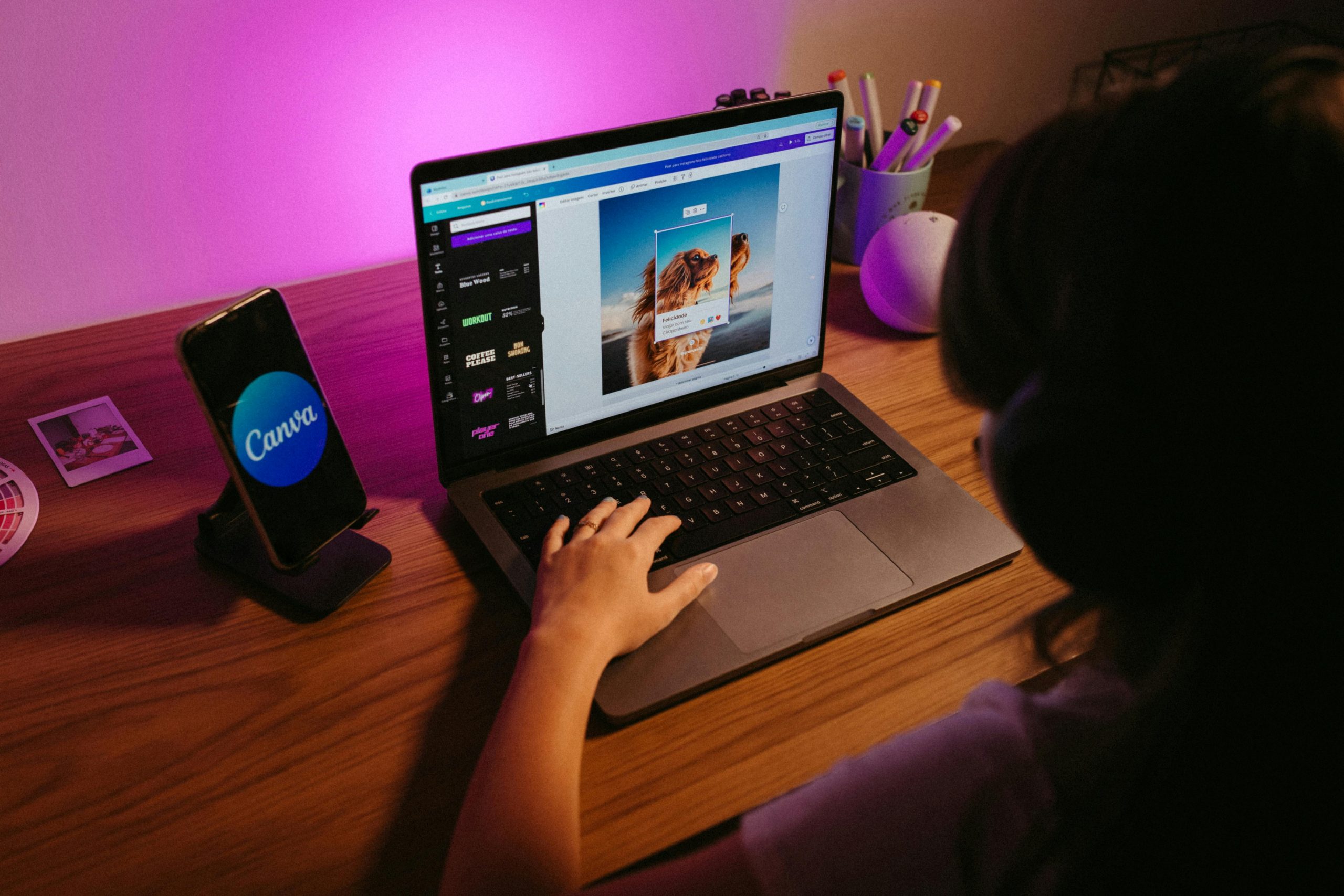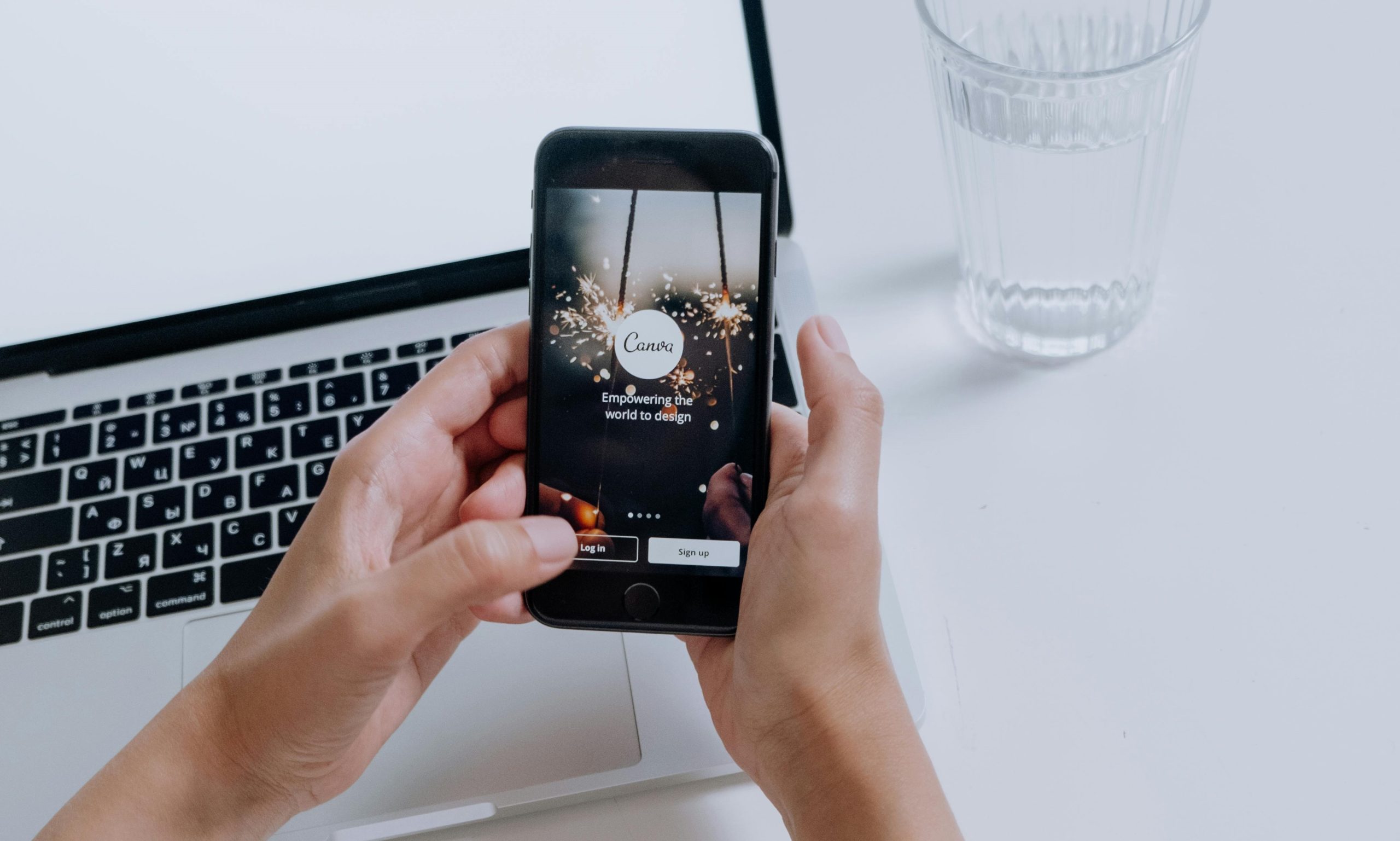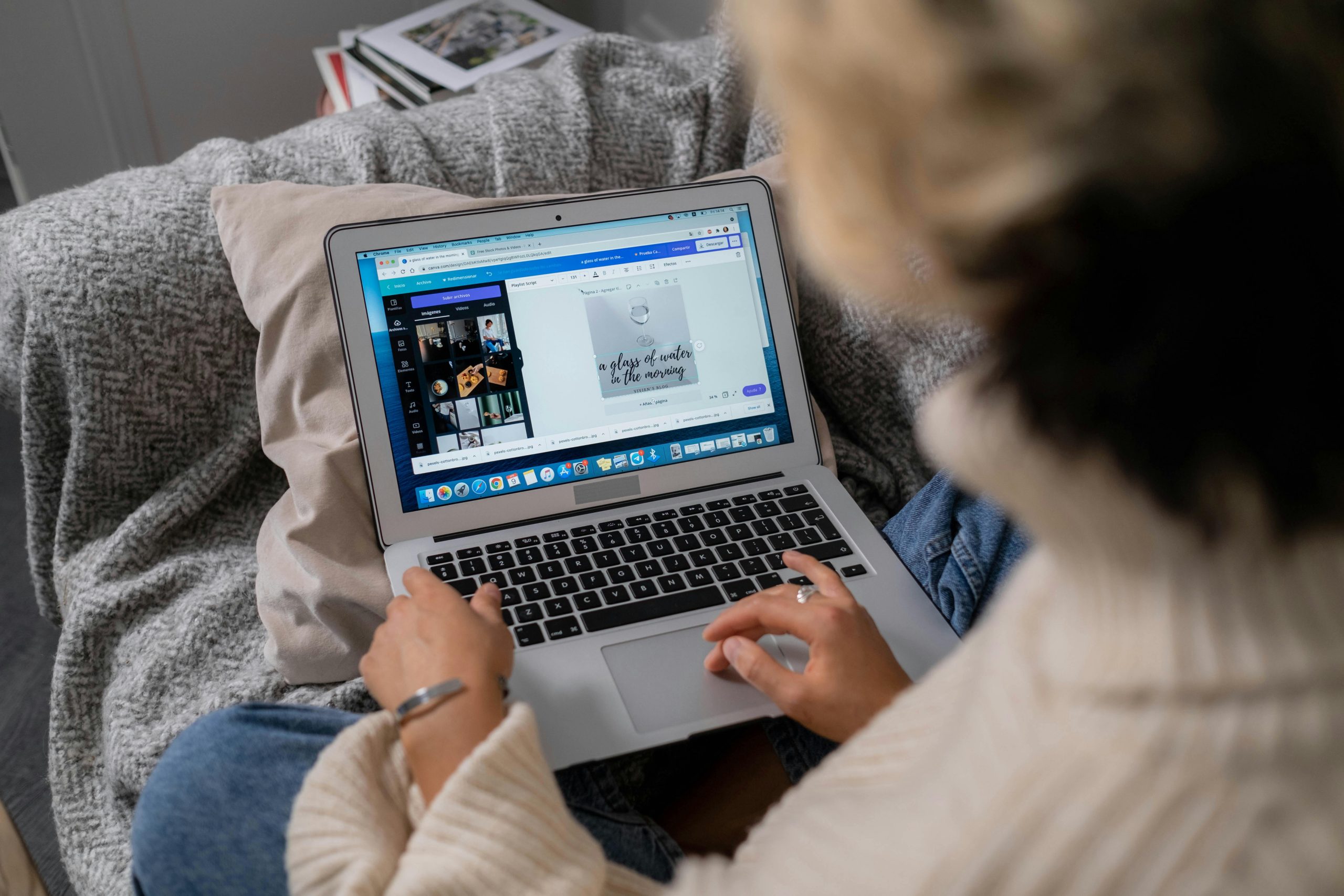In a digital landscape where creativity is both celebrated and scrutinized, the emergence of AI-generated images has sparked a heated debate about copyright and ownership. Imagine crafting an eye-catching graphic for your latest project with just a few clicks, relying on intelligent algorithms to bring your vision to life. But as tools like Canva harness the power of artificial intelligence, questions arise: Who truly owns these creations? Are you free to use them without legal repercussions, or are you unwittingly wading into murky waters of copyright infringement?
As we venture deeper into this intriguing intersection of technology and artistry, it’s essential to unpack the nuances surrounding Canva’s AI images. With millions of users flocking to the platform for their design needs, understanding the implications of using these tools can mean the difference between creative freedom and potential legal entanglements. Join us as we explore whether Canva’s AI-generated images are indeed copyright-free or if they carry hidden complexities that every creator should be aware of.
What Are Canva AI Images?
Canva AI images are a groundbreaking development in the world of graphic design, merging advanced artificial intelligence with user-friendly creativity tools. These images are generated using sophisticated algorithms that analyze countless design elements to produce original visuals tailored to specific themes or concepts. This technology enables both professional designers and casual users to create unique artwork with just a few clicks, expanding the realm of what’s possible in visual storytelling.
What sets Canva AI images apart is their adaptability. Users can input prompts or select styles, allowing the AI to curate imagery that resonates with their intended message or marketing goals. This personalized approach not only streamlines the creative process but also democratizes design—making it accessible for individuals who might lack traditional artistic skills yet wish to express themselves visually. However, as we explore whether these AI-generated images are copyright-free, it’s essential to consider how this blend of innovation and creativity challenges conventional notions of ownership and intellectual property in the digital age.

Copyright Basics Explained
Understanding copyright is essential in navigating the complex world of digital content, especially when it comes to platforms like Canva that utilize AI-generated images. At its core, copyright protects original works of authorship fixed in a tangible medium, which means that even creations generated by artificial intelligence can fall under these protections. The nuances arise when we consider who holds the rights to these images— is it the user who inputs prompts into the AI, or does it belong to the creators of the software? This gray area underscores the importance of being aware not just of laws but also platform-specific terms.
Furthermore, as technology evolves and AI becomes more integrated into creative tasks, traditional interpretations of copyright may face significant challenges. Increasingly, questions arise about whether AI represents a co-creator and how this influences ownership and attribution. Users must remain vigilant regarding licensing agreements provided by tools like Canva; understanding whether an image is royalty-free or requires attribution might dictate how one can use such elements in commercial projects. In a landscape where originality intertwines with automation, staying informed about your rights can empower you as a creator while safeguarding against potential infringements down the line.
Canva’s Licensing Terms Overview
Canva’s licensing terms present a nuanced landscape for creators navigating the use of AI-generated images. According to their policies, while many elements within Canva are available for commercial use without needing additional licenses, the specifics can vary significantly depending on whether you’re using free assets or premium content. Users must be keenly aware that even though they might have access to a vast library of designs and images, certain restrictions exist that aim to protect both the platform’s integrity and the rights of individual creators.
One of the most intriguing aspects is Canva’s approach to attribution. While some elements do not require attribution when used in your projects, giving credit where it’s due remains a best practice that fosters goodwill within the creative community. Moreover, as AI-generated media continues to evolve, it raises important questions about ownership and originality—issues that Canva is still positioning itself around within its evolving guidelines. This shifting terrain means users should stay informed about updates; what seems permissible today may change tomorrow as both technology and legal frameworks advance. Thus, being proactive about understanding these dynamic licensing terms can empower creators to utilize Canva’s resources effectively while remaining compliant with copyright laws.

Usage Rights for AI Generated Images
When it comes to AI-generated images, understanding usage rights is crucial for both creators and users. Unlike traditional art, the copyright landscape surrounding AI creations is murky. Some platforms grant users broad commercial licenses for images produced through AI tools, while others may impose restrictions that limit commercial use or require attribution. It’s essential for users to read the terms of service closely; relying solely on copyright-free labels can lead to unexpected legal challenges down the line.
Moreover, considering the rapid advancements in AI technology, ethical implications also play a significant role in how these images are used. The fusion of human creativity with machine learning raises questions about ownership and originality. For instance, if an artist utilizes an AI tool to generate a piece based on their unique style or input data, who truly owns that work? As we navigate this evolving terrain, fostering transparent conversations around the integration of AI into creative processes will be vital in shaping fair usage rights that respect both individual creators and technological innovations alike.
Differences Between Free and Paid Content
When navigating the landscape of digital content, understanding the differences between free and paid offerings can significantly impact your creative decisions. Free content often comes with strings attached—limitations on usage, potential attribution requirements, and questions surrounding its originality. Many creators find themselves drawn to free resources due to their accessibility, but what they may overlook is the trade-off in quality and exclusivity. Free images can sometimes be overly popular or generic, resulting in a lack of differentiation for your projects.
On the other hand, paid content tends to offer not only higher quality but also greater licensing clarity. When you invest in a paid asset, you’re typically granted broader rights that shield you from legal complications down the line. Furthermore, platforms providing premium content often ensure regular updates and fresh additions—keeping their libraries dynamic and less saturated with common imagery. This investment can elevate your work’s aesthetic appeal and facilitate more impactful storytelling by giving you access to unique visuals that resonate with your audience on a deeper level.

Common Misconceptions About Copyright
One of the most prevalent misconceptions about copyright is the belief that creators automatically own all rights to their work simply because they produced it. While this may seem intuitive, complexities arise when considering collaborative projects or derivative works. For instance, if a designer uses templates from a platform like Canva, the ownership and licensing terms can shift significantly; artists must remain vigilant about how these tools define copyright in their user agreements.
Another common myth is that using an image found online—regardless of its source—is fair game as long as you give credit to the original creator. This notion overlooks crucial legal distinctions between attribution and permission. Just because an image is accessible doesn’t mean it’s free from copyright restrictions; without explicit permission or licensing, even credited usage can lead to legal entanglements. Understanding these nuances empowers creators to navigate the digital landscape responsibly while protecting their own work against infringement.
Conclusion: Navigating Copyright with Confidence
Navigating the waters of copyright can often feel like a daunting task, especially with the rapid evolution of digital tools and creative platforms like Canva. However, understanding your rights and the nuances of copyright is crucial for any creator looking to utilize AI-generated images confidently. It’s essential to recognize that while Canva offers certain freedoms with its assets, users aren’t entirely absolved of responsibility; staying informed about usage guidelines transforms potential pitfalls into opportunities for innovation.
As you embrace these AI-generated images in your projects, consider engaging with the broader conversation surrounding copyright in our increasingly digital society. By actively participating in discussions about ethical consumption and fair use, you not only protect your creative endeavors but also contribute to shaping future policies that govern digital content creation. Remember, confidence in navigating copyright laws stems from knowledge—arm yourself with clear insights and a critical understanding of how these regulations apply to your work. In this evolving landscape, creativity coupled with awareness is your strongest asset.